La Paz
La Paz is well-known for its unusual topography, steep streets and high altitude. At nearly 4,000 meters, Bolivian city—which is the administrative center, but not the capital—is not for those in a rush. Take it slow, don’t be demoralized if locals march past you as you catch your breath on the uphills. In moving slowly through this metropolis of nearly 3 million people (including the areas of El Alto and Viacha). you’ll have more time to savor every moment.
Mi Teleférico
La Paz doesn’t have the right geography or topography for a subway system, but never fear, speedy transportation is at hand with the building of the cable car system called Mi Teleférico. The system began functioning in 2014, and is the first system in the world of independent cable cars (not linked to a light rail or metro), and also the most extensive. It will whip you up to El Alto in just a few minutes, or around the city, avoiding the crowded streets and the traffic of La Paz, which can frustrate even the most intrepid traveler.
Witches’ market
The Mercado de Las Brujas, or Witches’ Market is an open-air market on Cerro Cumbre in La Paz. Here people sell medicinal plants, dried animal products including frogs and llama fetuses, many of which are used in traditional medicine or lifestyle, these latter often being buried before foundation is poured for a new house, as an offering to the Pachamama, or Mother Earth. Items made of stone, wool and straw probably make a better, more TSA and customs-friendly souvenir.
Illimani
It would be impossible to spend much time in La Paz without noticing the vast, three-pointed mountain of Illimani that makes up part of the backdrop of the city. It is the second highest peak in Bolivia and tops out at over 6,000 meters. Illimani speaks to the evolving nature of the planet, and is a towering visual testament to the movement of the earth’s moving tectonic plates.
Tiwanaku
An easy day trip from La Paz is to Tiwanaku, a Pre-Columbian archaeological site dating from about 110 AD, and which had a peak population of as many as 20,000 people in approximately 800 AD. It was a society with a complex political structure, and advanced building techniques both with stone and adobe. It was declared a UNESCO World Heritage Site in 2000. Tiwanaku’s main attractions are the Akapana Pyramid and a temple that is partially underground which has depictions of human heads carved into it. There is also a large open temple and an arch called the Sun Gate.
Eating
Historically Bolivian cuisine has been largely overlooked, but the opening of the restaurant Gustu in 2012 changed all that. Gustu is the brainchild of Danish chef Claus Meyer, co-founder of Noma. Gustu continue to lead the pack, working exclusively with native Bolivian products, which, given the country’s biodiversity, provides a nearly endless stream of surprises in the popular tasting menus available here.
When to Go
May – October: dry and mild
How to Get Here
How to arrive: LA: via Miami & Lima, NY: via Bogota, MIA: via Lima, London: variety
Flight Times: LA: 14hr, NY: 12hr, MIA: 9hr, London: 19hr
Good to know
Language: Spanish Currency: Boliviano Visas/fees:
What to do in La Paz
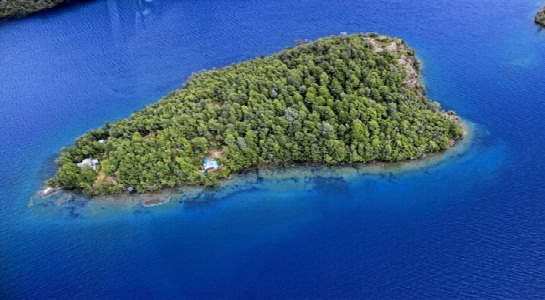
San Francisco Cathedral
visit the Whitches Market >>
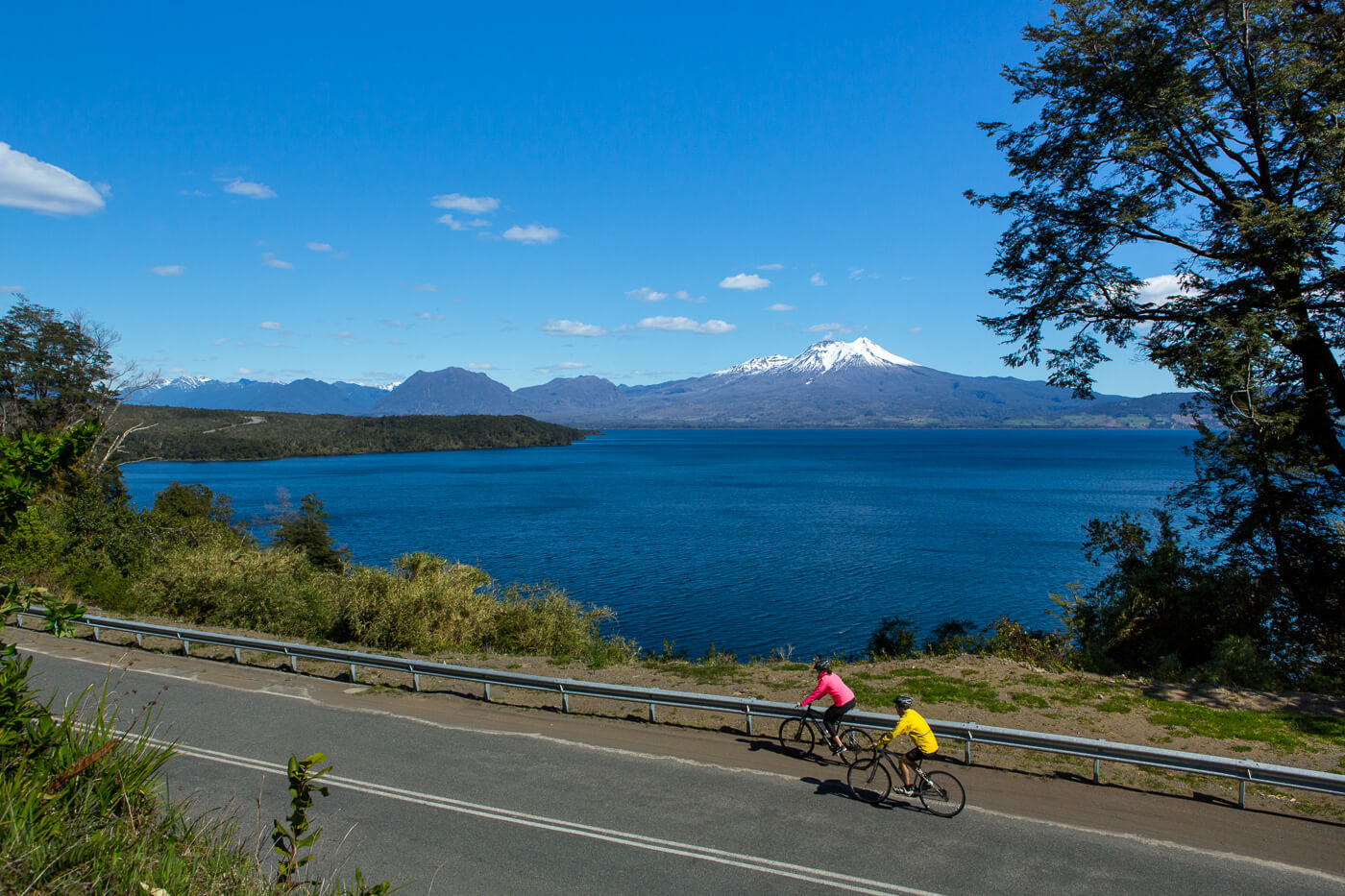
UPSCAPE MOMENTS
San Francisco Cathedral
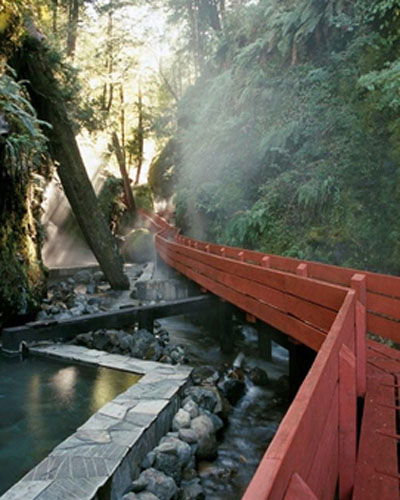
HIGHLIGHT MOMENTS
take the Cable Car around the city
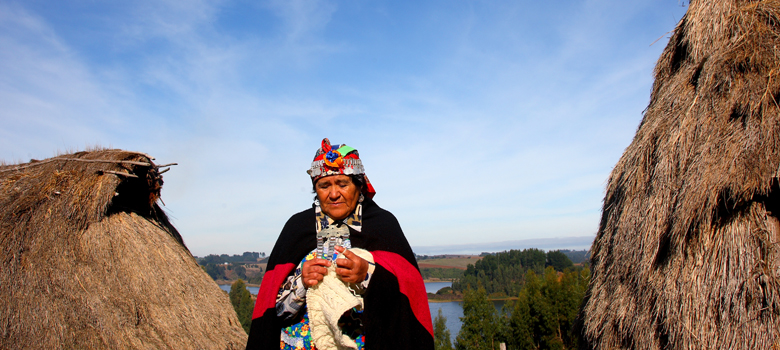
Day trip to Tiwanaku
Connect to Mapuche Culture
HIGHLIGHT MOMENTS
Tips from our Team
- temperatures will change by altitude and time of day
Ready to go? Here’s what to pack
normal adeventure-wear, no need for very formal clothing, walking shoes, layer
Where to stay: Overnight Recommendations
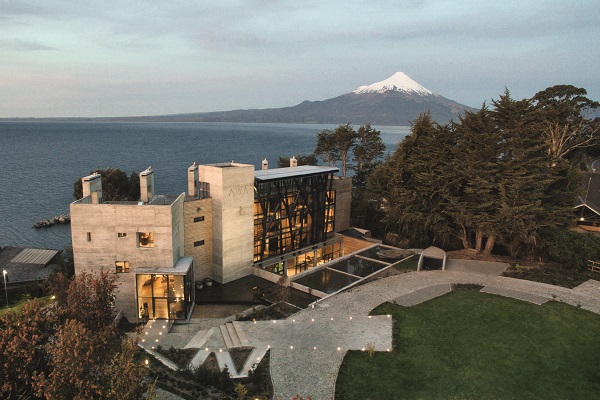
Suites Camino Real
The vibe: modern luxury
The location: at the edge of Lago (Lake) Llanquihue
Good for: Adventure seekers who like to end the day relaxing with a view
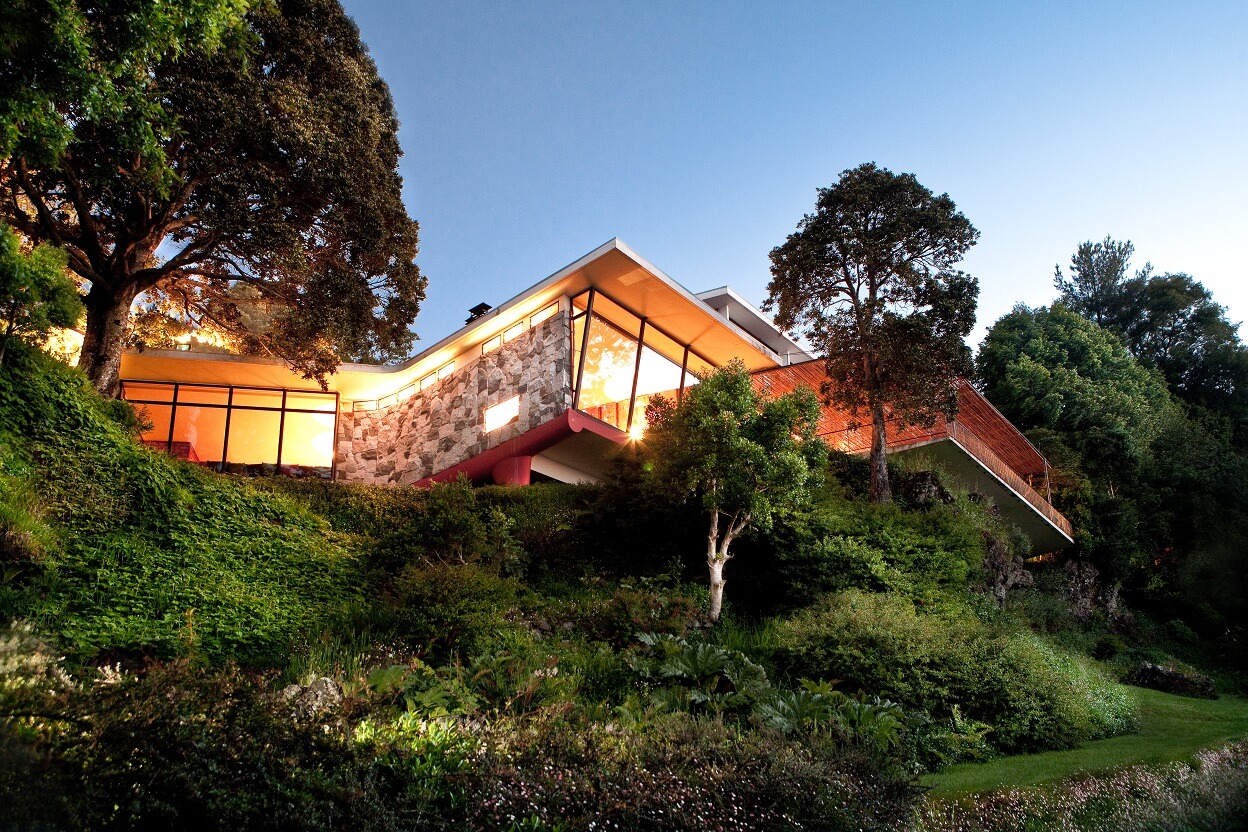
Atix Hotel
The vibe: mid-century glam in a relaxed lakeside setting
The location: perched above Lago (Lake) Villarica, at the foot of Volcán Villarica
Good for: Architecture and design-lovers
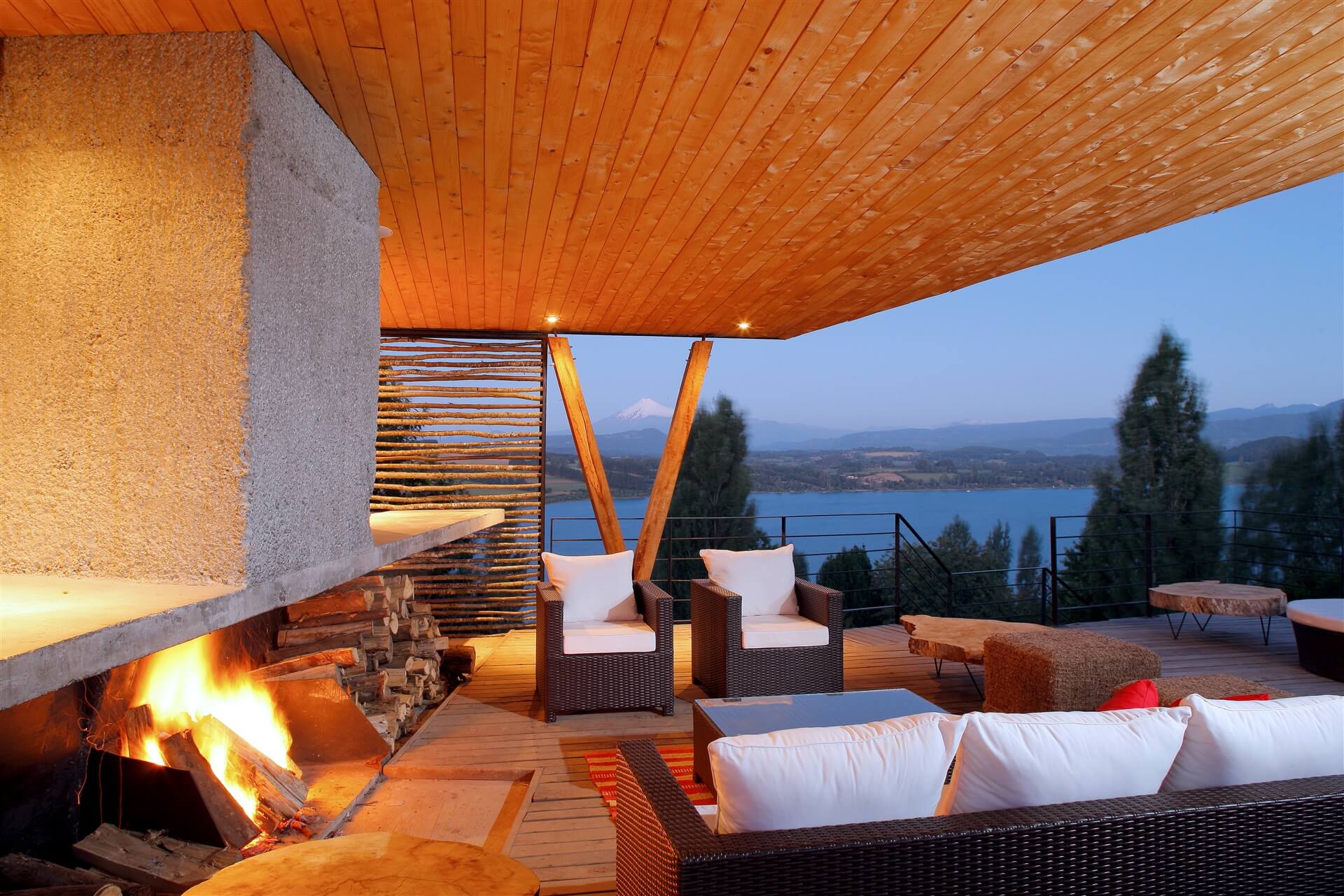
La Casona Hotel Boutique
The vibe: Private and quiet boutique hotel
The location: Perched above the shores of Lago (Lake) Panguipulli
Good for: Couples or small groups looking for an intimate setting